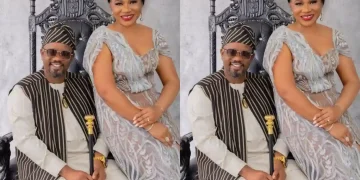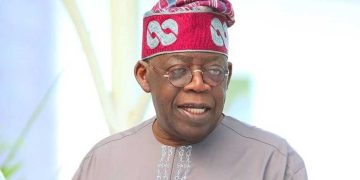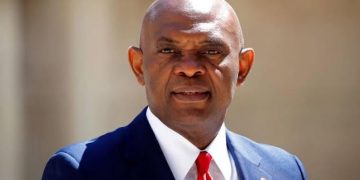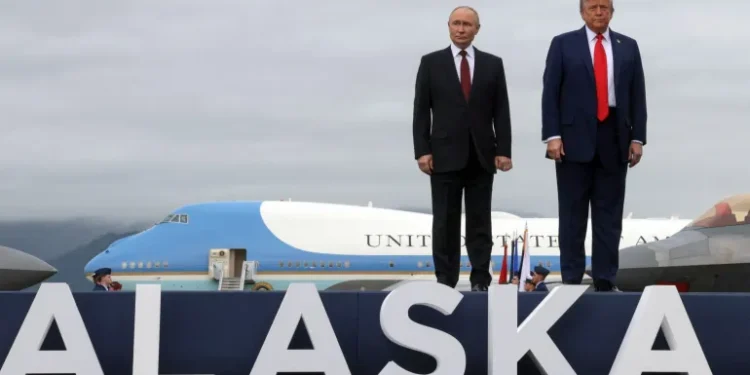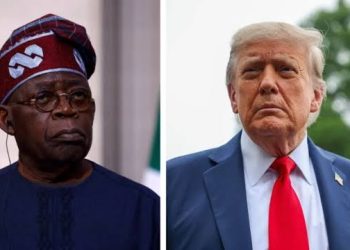ANCHORAGE, Alaska – US President Donald Trump and Russian President Vladimir Putin concluded their highly anticipated summit in Alaska on Friday with no concrete agreement to end the war in Ukraine, despite months of diplomatic buildup and expectations for a breakthrough.
The meeting, held at Joint Base Elmendorf-Richardson in Anchorage, wrapped up in less than three hours—well short of the anticipated seven-hour marathon session. Both leaders emerged with subdued demeanours, offering brief prepared statements to reporters without taking questions.
“No Deal Until There’s a Deal”
Trump, appearing notably restrained compared to his usual confident persona, acknowledged that while “many points were agreed to” during what he called an “extremely productive meeting,” significant obstacles remain. “There’s no deal until there’s a deal,” the president stated, suggesting that ultimate progress depends on both Putin and Ukrainian President Volodymyr Zelenskyy.
Putin, for his part, maintained that Russia remains committed to ending the conflict but insisted that the war’s “primary causes” must be eliminated for any lasting agreement. He also warned against “backroom dealings” that could “torpedo the nascent progress,” apparently directed at Ukraine and European allies.
A PR Victory for Putin
The summit delivered what many analysts are calling a significant public relations coup for the Russian leader, who has been increasingly isolated in the West since launching his invasion of Ukraine in February 2022. Putin received the red carpet treatment upon arrival, complete with a US fighter jet flyby and warm handshake from Trump.
Russian Foreign Ministry spokesperson Maria Zakharova was quick to highlight the symbolism, posting on Telegram: “For three years they have been talking about Russia’s isolation, and today they saw the red carpet that greeted the Russian president in the United States.”
Business on the Table
Despite Trump’s pre-meeting assertions that business discussions would be off-limits until substantive progress on Ukraine was achieved, Putin revealed that the two leaders discussed collaboration in technology, space exploration, and Arctic cooperation. Russia has previously attempted to leverage its vast rare earth mineral reserves—critical for cutting-edge industries—as a bargaining chip with the US.
Domestic Political Calculations
The timing of the summit appears strategically calculated to distract from mounting domestic pressures facing the Trump administration. The president has faced criticism from within his own MAGA base over several issues, including his handling of the classified Jeffrey Epstein files and growing discontent among prominent Republicans over US support for Israel’s military campaign in Gaza.
Notably, Representative Marjorie Taylor Greene, typically a staunch Trump ally, has publicly condemned what she termed “the genocide, humanitarian crisis, and starvation happening in Gaza,” highlighting cracks within Trump’s traditional support base.
What’s Next
Trump indicated he hopes to arrange a trilateral meeting soon that would include President Zelenskyy, though he placed the onus for progress squarely on the Ukrainian leader. “Now, it’s really up to President Zelenskyy to get it done,” Trump told Fox News after the meeting, rating the Alaska summit “10 out of 10” despite the lack of concrete outcomes.
Putin, speaking in English with a laugh, suggested their next meeting should be “in Moscow”—a prospect Trump acknowledged could generate controversy but didn’t rule out entirely.
The war in Ukraine continues to rage as both sides return to their respective capitals, leaving the international community to wonder whether this high-profile diplomatic theater will translate into meaningful progress toward peace or merely serve as political theater for domestic consumption.
With no timeline established for follow-up negotiations and fundamental disagreements still unresolved, the Alaska summit appears to have been more symbolic than substantive—a carefully choreographed spectacle that may have achieved its primary goal of shifting political narratives rather than ending Europe’s bloodiest conflict since World War II.

Seunmanuel Faleye is a brand and communications strategist. He is a covert writer and an overt creative head. He publishes Apple’s Bite International Magazine.



